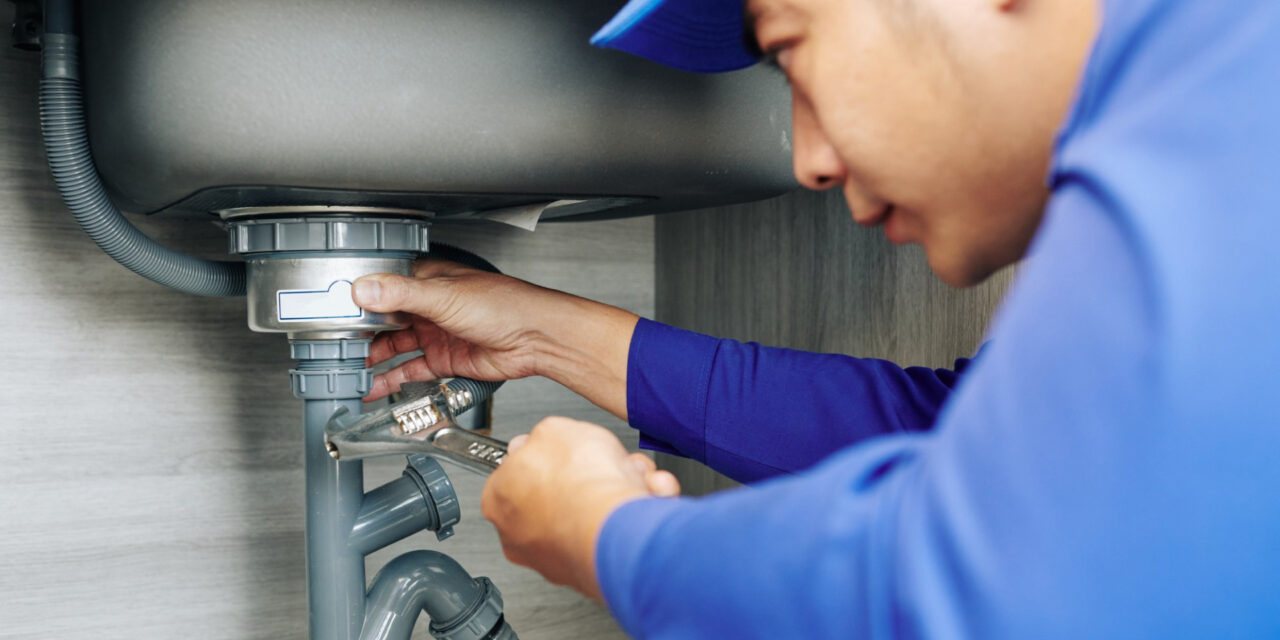Here below you might get a good deal of great insight with regards to Detecting hidden plumbing leaks.

Early detection of dripping water lines can reduce a possible catastrophe. Some little water leaks might not be visible.
1. Take A Look At the Water Meter
Every house has a water meter. Inspecting it is a proven way that aids you discover leaks. For beginners, turn off all the water resources. Ensure nobody will certainly flush, make use of the faucet, shower, run the washing equipment or dish washer. From there, go to the meter and also watch if it will certainly change. Given that no one is using it, there need to be no movements. If it relocates, that shows a fast-moving leak. Also, if you discover no changes, wait a hr or two as well as examine back once more. This means you may have a sluggish leak that could even be below ground.
2. Examine Water Intake
If you find unexpected modifications, in spite of your usage being the exact same, it indicates that you have leakages in your plumbing system. An unexpected spike in your expense suggests a fast-moving leak.
A steady boost every month, even with the exact same habits, shows you have a sluggish leakage that's also gradually rising. Call a plumber to thoroughly examine your home, specifically if you really feel a cozy location on your floor with piping below.
3. Do a Food Coloring Examination
When it concerns water intake, 30% comes from toilets. Examination to see if they are running effectively. Drop flecks of food color in the storage tank and also wait 10 mins. If the shade somehow infiltrates your bowl during that time without flushing, there's a leakage in between the tank as well as dish.
4. Asses Outside Lines
Don't fail to remember to inspect your outside water lines too. Examination faucets by connecting a yard tube. Must water leak out of the connection, you have a loose rubber gasket. Change this as well as guarantee all connections are limited. If you have actually obtained a sprinkler system, it will certainly aid get it skillfully checked out and also kept every year. One little leak can waste lots of water and surge your water expense.
5. Assess the situation and examine
Home owners should make it a practice to inspect under the sink counters and also also inside cupboards for any bad odor or mold development. These two warnings suggest a leakage so punctual attention is called for. Doing routine examinations, also bi-annually, can save you from a significant trouble.
More importantly, if you know your house is currently old, keep a watchful eye on your heating systems, pipes, pipelines and so on. Look for stainings and also weakening as many devices and also pipelines have a life span. They will certainly additionally normally degrade as a result of tear as well as put on. If you think leaking water lines in your plumbing system, don't wait on it to rise. Call a specialist plumber right away so you don't wind up with a dreadful mess in your house.
Early detection of leaking water lines can mitigate a possible catastrophe. Some tiny water leakages may not be noticeable. Examining it is a surefire method that assists you find leaks. One tiny leakage can lose loads of water and surge your water expense.
If you think leaking water lines in your plumbing system, do not wait for it to rise.
WARNING SIGNS OF WATER LEAKAGE BEHIND THE WALL
PERSISTENT MUSTY ODORS
As water slowly drips from a leaky pipe inside the wall, flooring and sheetrock stay damp and develop an odor similar to wet cardboard. It generates a musty smell that can help you find hidden leaks.
MOLD IN UNUSUAL AREAS
Mold usually grows in wet areas like kitchens, baths and laundry rooms. If you spot the stuff on walls or baseboards in other rooms of the house, it’s a good indicator of undetected water leaks.
STAINS THAT GROW
When mold thrives around a leaky pipe, it sometimes takes hold on the inside surface of the affected wall. A growing stain on otherwise clean sheetrock is often your sign of a hidden plumbing problem.
PEELING OR BUBBLING WALLPAPER / PAINT
This clue is easy to miss in rooms that don’t get much use. When you see wallpaper separating along seams or paint bubbling or flaking off the wall, blame sheetrock that stays wet because of an undetected leak.
BUCKLED CEILINGS AND STAINED FLOORS
If ceilings or floors in bathrooms, kitchens or laundry areas develop structural problems, don’t rule out constant damp inside the walls. Wet sheetrock can affect adjacent framing, flooring and ceilings.
https://www.servicemasterbyzaba.com/blog/how-to-detect-water-leakage-in-walls/

I was shown that article on Top leak detection hacks through a friend on our other web property. Loved our posting? Please share it. Let someone else discover it. Thanks a lot for taking the time to read it.